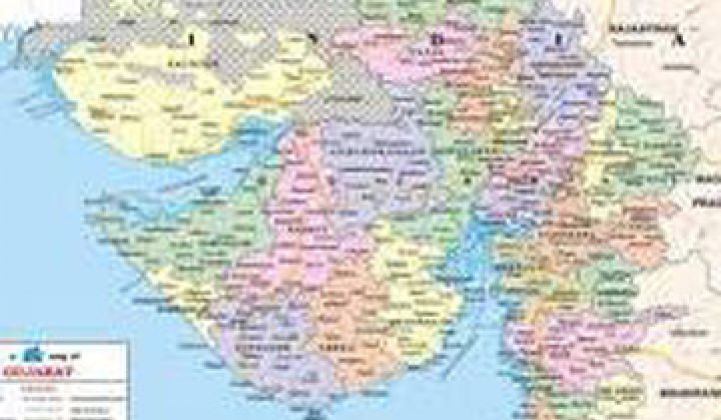The math is fairly straightforward, notes Shri D.J. Pandian, the principal secretary for energy and petrochemicals for the state of Gujarat.
The state -- which has a population of 55 million people -- will need 30 gigawatts of power capacity by 2020. It wants to get 20 percent of the total from renewables by that time, and it already has 3 gigawatts of renewable capacity, mostly from wind turbines.
“That means we need to install 3 gigawatts,” he said in a phone interview.
While most of the green industry has focused on China, India shouldn’t be ignored, according to Pandian and others. The country's population is larger, the need for electricity is similarly strong, and economic growth is following a similarly blistering trajectory. In Gujarat, the economy has grown as fast as ten percent annually in recent years.
Perhaps even more significant for U.S. and European manufacturers is that India only has a few local established manufacturers like Suzlon Energy (wind) and Moser Baer (solar). Thus, it’s more of an open market. Gujarat, he added, doesn’t even have a domestic content provision in its renewable energy policy.
Gujarat itself created a feed-in tariff that provides producers 33 cents per kilowatt hour for 12 years and 12 cents per kilowatt hour for 13 years after that. Azure Power recently announced it would build a 15-megawatt, $40 million solar farm with help from Suntech Power Holdings and SunEdison in the state.
Suzlon Green Power, a sister company to turbine maker Suzlon Energy, has pledged to invest $5 billion over five years in various projects, many of which will be located in the region.



